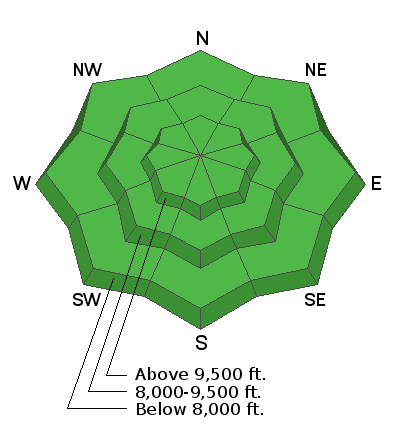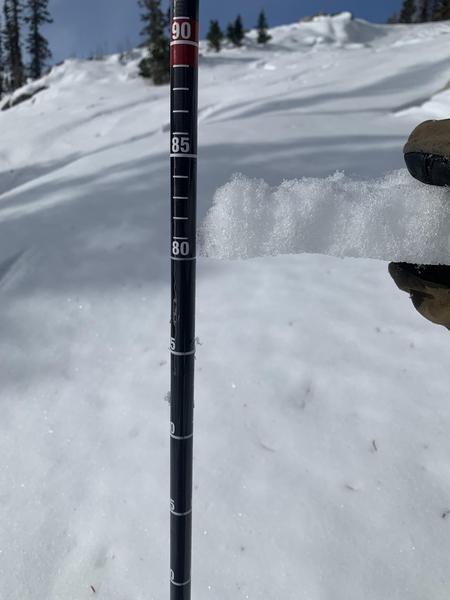Please do everything possible to avoid getting hurt for yourself and the greater good. As you decide where and how to travel in the backcountry, consider adding just a little extra margin of safety.
Announcement: Please visit this
website with information about Responsible Winter Recreation by the Utah Office of Outdoor Recreation.
This morning, the weak weather system has moved its way out of our area leaving behind T-1" of low-density snow. Temperatures are in the mid-20s F at trailheads and low 20s F at upper elevations. Winds are currently Northwesterly, blowing 5-10 mph at most elevations with gusts near 25 mph at the upper-most ridgelines.
Today skies will clear and the temperature will begin to rise to the upper 20s F. Winds will continue to be Northwesterly averaging 5-10 mph, with gusts above 20 mph. This afternoon winds will begin to switch to more southwesterly. Today the windchill will be right near zero.
We are entering another brief period of high pressure,
which will leave us with clear skies until the next weak system works its way through the area for Thanksgiving.
Before these few inches of light snow, the backcountry was full of a variety of snow surfaces right now, primarily firm crusts. Remember, 1" of low-density snow will only thinly cover these dangerous and firm riding conditions, continue to ride with caution.
No new avalanches were reported from the backcountry yesterday.
For recent observations from the backcountry, click
HERE....or find them in the Observations and Avalanches tab in the Menu above.










